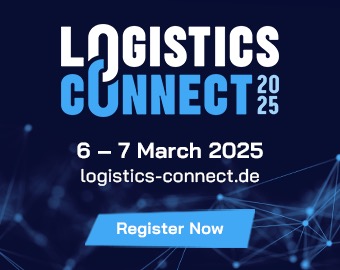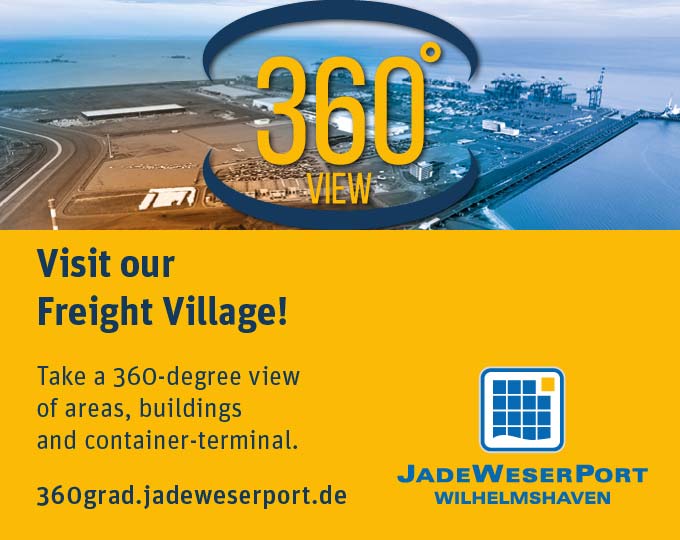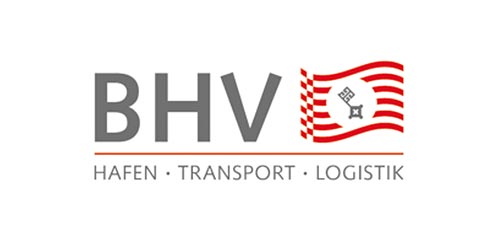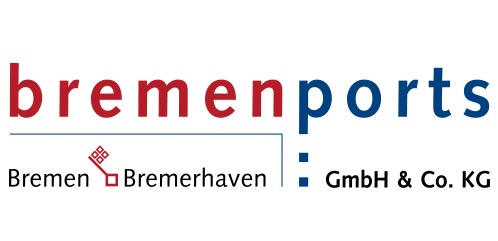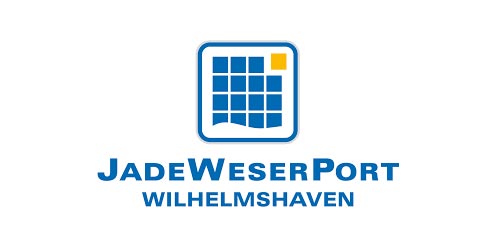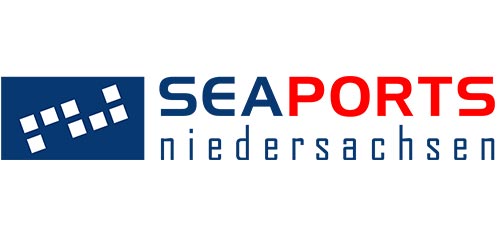TFG Transfracht connects the D-A-CH region by transporting around 4,000 TEU of cargo environmentally friendly every day between six seaports – including Bremerhaven and Wilhelmshaven. The Deutsche Bahn subsidiary states that it has the densest train network in seaport hinterland services in Europe.
Credits: TFG TRANSFRACHT
AlbatrosExpress forwards cargo from Maschen further into the hinterland regions via a closely interlinked rail network. The route leads through various terminals, amongst other destinations, which are served by TFG Transfracht between 3–20 times a week. A total of 27 terminals are connected to the AlbatrosExpress network. “Our most frequent stop is the train station in Regensburg, which primarily serves as a hub for the automotive industry. That said, Frankfurt am Main, Erfurt, Stuttgart, Leipzig, Ulm and Dortmund are also key transport hubs for us in Germany,” said Best. In Austria, cargo flows are mainly concentrated in the Salzburg, Enns, Vienna, Graz and Wolfurt locations, whilst in Switzerland everything goes through the terminal in Basel. In this three-country intersect, with the addition of Italy, TFG Transfracht handles around 85 per cent of its activities via the AlbatrosExpress. The remaining 15 per cent is made up by company trains, which are implemented outside of the official timetable on an individual basis for customer requests and as tailor-made logistics solutions.
More similarities than differences
Reflecting on TFG’s activities in the D-A-CH region, the manager said: “There are far more parallels than differences between the three countries.” The package of services that are drawn up for customers in Germany, Austria and Switzerland is almost identical. That said, the Hamburg resident is sure to emphasise that adapting approaches based on country has now become an essential success factor: “The language and mentality are similar in all three countries, but not the same. For this reason, for our on-site divisions like sales and operations, we rely on employees who know the regional markets, speak the regional language and are therefore more targeted in responding to the needs of customers.”
Surpassing the 1 million TEU mark once again
Despite the current challenging situation in Europe and the D-A-CH region, Best is cautiously optimistic about the future: “If everything stays on track, we are likely to surpass the one million TEU mark for container transport again in 2022,” predicted the manager. At the same time, he describes the current situation as a “time of extremes,” which, in his view, will probably not be long term in nature. “We are not preparing for a lasting crisis, in fact, we have prepared ourselves for demand to potentially pick up again in 2023. I am certain that the D-A-CH region is strong enough to survive this temporary turbulence relatively well.”
Reflecting on the past two and a half years, he acknowledges that COVID-19, the war in Ukraine and the energy crisis have had a major impact on global supply chains and the hinterland regions. “Even in such times of crisis, rail transport remains dependable, meaning we can still operate our network. This makes us a reliable partner for our customers in terms of guaranteeing their supply security. We also took the pandemic as an opportunity and used the time to intensively develop new areas, for example, to drive the digitalisation of our internal processes forward,” explained Best. Now, the focus is on the company’s internal sustainability strategy, “TFGreen”, amongst other things. “With new capacities for 100 per cent CO2-free rail transport and climate-neutral road transport, we are creating real climate solutions. Because every container with combined transport not only relieves the burden on the road infrastructure but also on the environment,” the manager said, outlining the approach. (bre)

“I am certain that the D-A-CH region is strong enough to survive this temporary turbulence relatively well.”
Philipp Best, Sales Director, TFG Transfracht
Facts
TFG Transfracht
Established: 1969
Headquarters: Mainz, Germany
Employees: 200
2021 Turnover: EUR 248 million
Container transport 2021: 998,000 TEU
AlbatrosExpress
Countries: Germany, Austria, Switzerland, Italy
Connected ports: Hamburg, Bremerhaven, Wilhelmshaven, Koper, Rotterdam and Antwerp
Departures: around 260 per week

